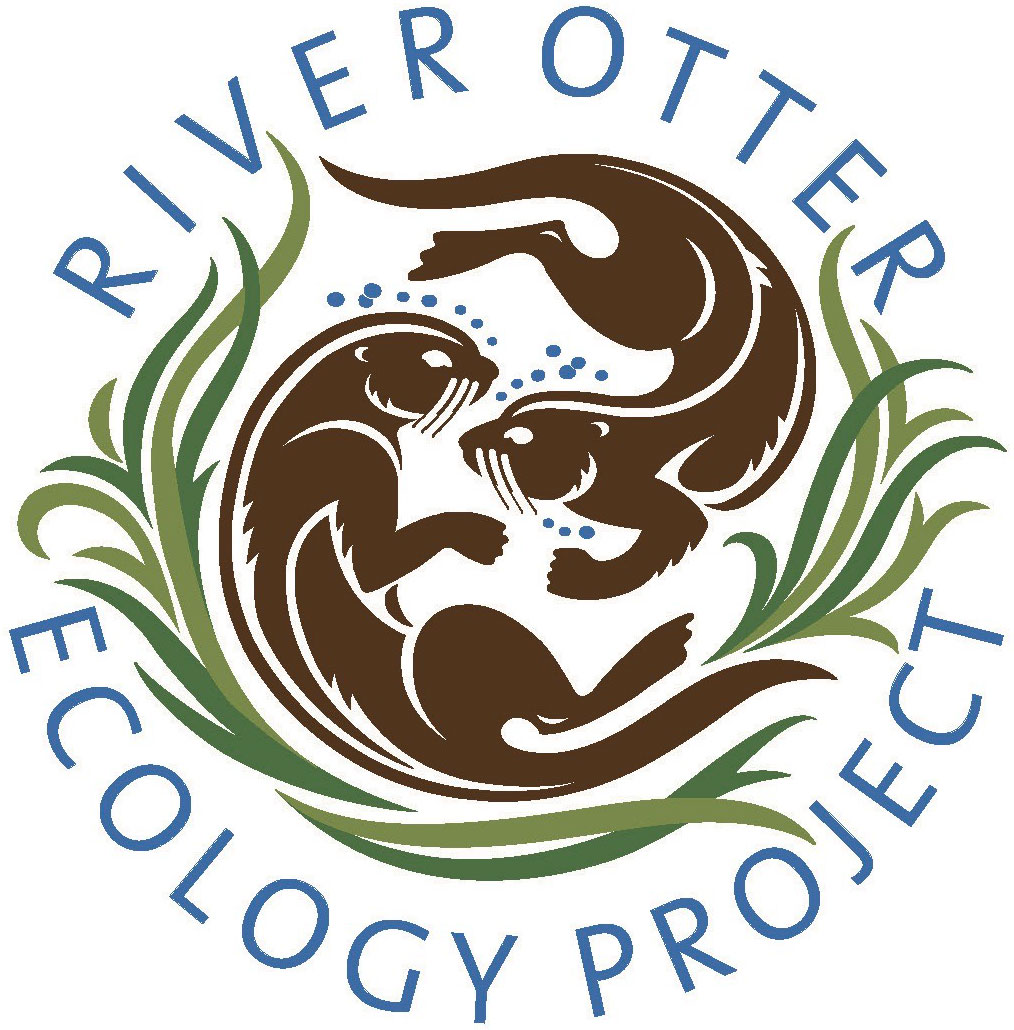by Megan Isadore, Co-founder and Executive Director
Due to the unforeseen cancellation of our 2023 fundraising event due to venue problems beyond our control, we offer this special blog post. We hope you enjoy reading about our programs, why they matter, and where we’re heading in 2024 and beyond. On December 14, 2023 we will also offer a webinar, where you can see highlights from 2023 (oh those otter videos!), ask questions, and delve more deeply into our work. We hope you will be inspired to gift us generously this year, to help offset the dispiriting loss of our fundraiser.
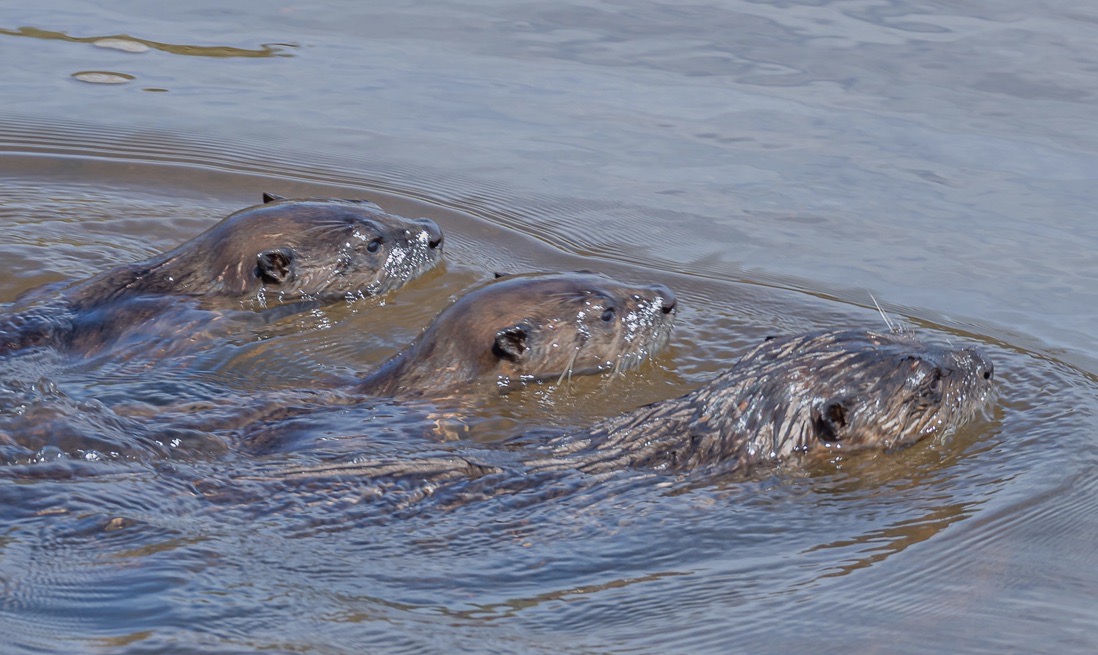
Increasingly, we are inundated with an ever-widening river of catastrophic news. However, I refuse to feel helpless, and remind myself that living through catastrophe isn’t new. Fifty years ago, people felt similarly about the pollution in and around San Francisco Bay. I’ve heard it described as a filthy, stinking mess. Otters were long gone, no longer able to sustain themselves well without a healthy watershed. But then, legislation pushed by people who care prepared the way for restorations and other environmental work that transformed many parts of the Bay. And species returned; among them river otters.
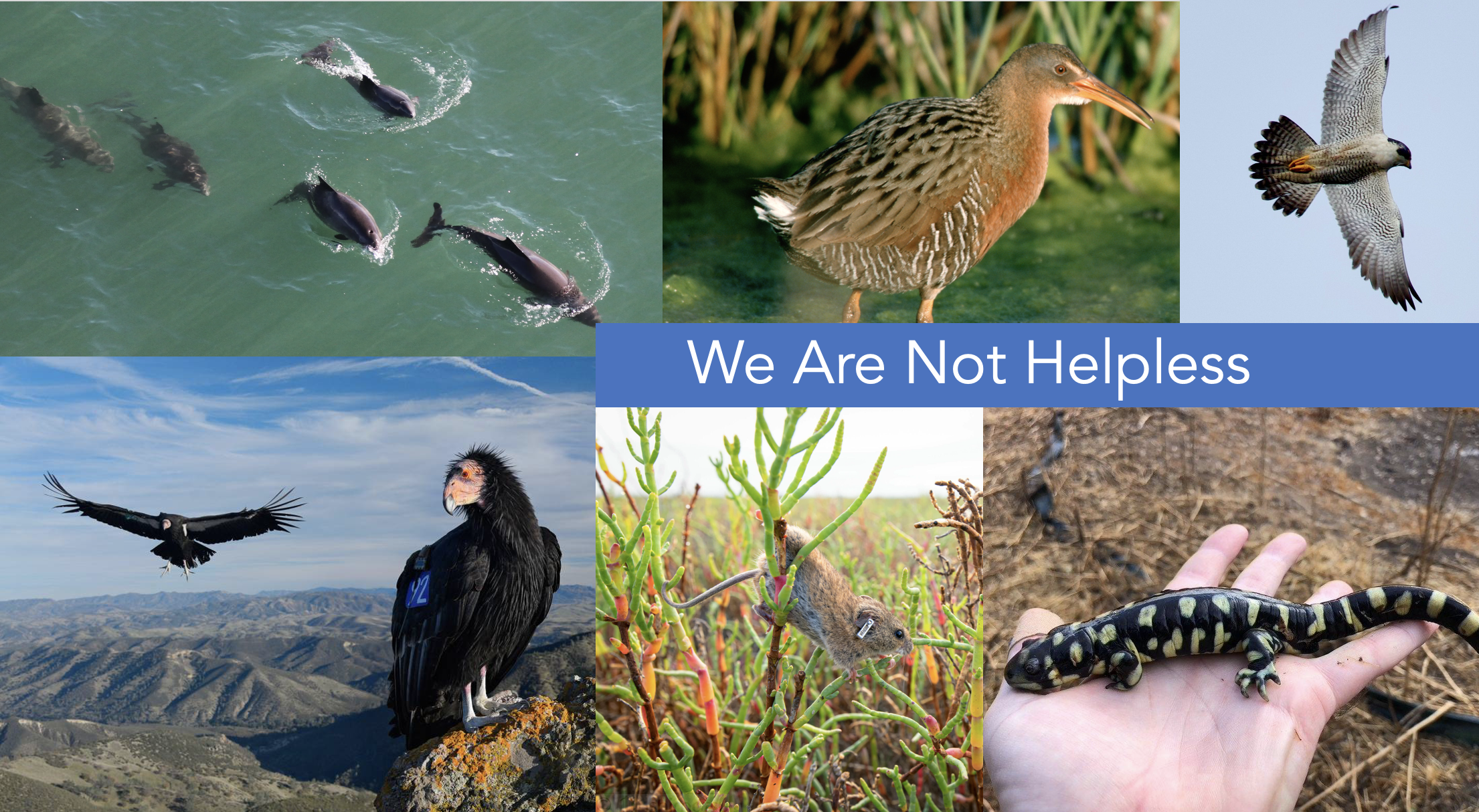
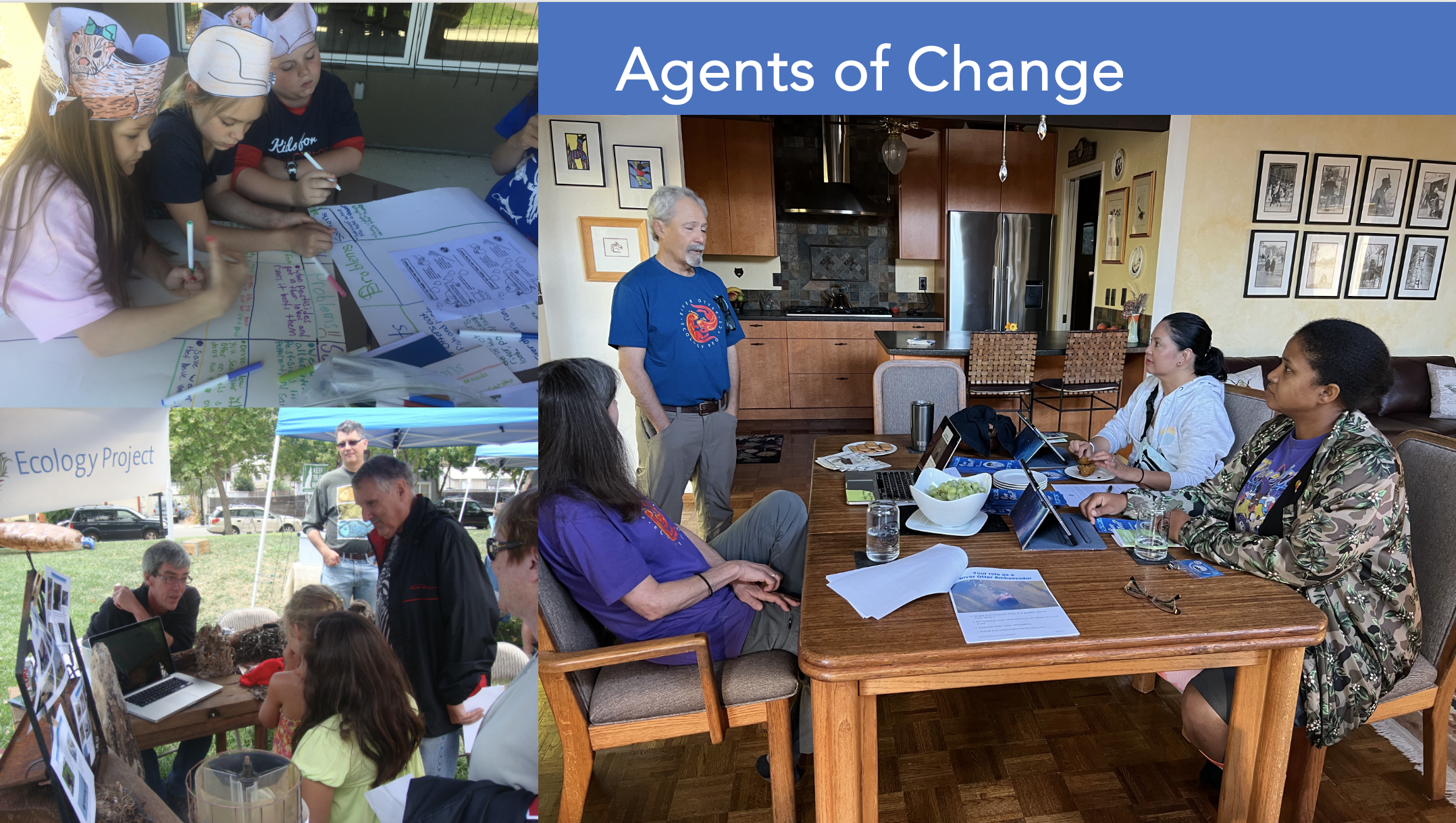
We face more transcendent crises now – climate emergency accompanied by horrendous loss of biodiversity. We cannot give up. We must double and triple down on every conservation effort available, including holding our policymakers accountable. We use the otters’ and other species’ return as reminders that human agency can usher in change.
Changes happened because we supported nature’s healing. Harbor porpoises swam back under the Golden Gate Bridge to wide-spread delight, Ridgway’s rails have a better chance of surviving and thriving with salt marsh restorations. Peregrine falcons returned from the brink of extinction, the secretive tiger salamander and salt marsh harvest mouse are both recovering, helped by cleaner waters and restorations. In September, California condors, back from near-extinction and thriving in Central California, flew up from Pinnacles National Park to grace Bay Area skies above Mt. Diablo.
Each of us is essential in the pursuit of positive changes to shape our future. The ripples sent forth by our small and large acts today spread, and some of them bring surprisingly robust changes. That is the message we take from river otter recovery here and in other places. Nature will recover given half a chance. It is our responsibility and privilege to give nature that chance.
Agents of Change: Otter Spotter
We all want to know that our contributions of whatever sort result in effective change. Seeing results is a major incentive to continue to serve. Have you submitted an Otter Spotter report? If so, you are an agent of change and your submission has resulted in positive changes! Government agencies, policymakers, researchers, restoration managers, conservationists, activists, educators, and many others use the information we continue to discover to make better decisions. That wouldn’t happen without our humble community science dataset…a change that ripples and has outsized implications.
In fact, Otter Spotter is sending ripples outward beyond the Bay Area, into new states and even internationally. I’ll tell you about each of those ripples and how you can be part of them.
Local Knowledge: Guiding change
First, we’re using the local knowledge gained by our volunteers to grow community with people who get excited about otters and other wildlife. In the Contra Costa Canal, one of the more industrialized areas around Bay, otters thrive. Contra Costa County is one of our most underserved. There is a lot of need there. But…..they have otters.
And now they have our Otter Ambassador program, which sends volunteers into neighborhoods where people are likely to see otters, providing context, conservation education, and fostering a community of people who care deeply about nature. Our aim is to help them become stewards and supporters of their local waters.
In industrialized areas of Contra Costa, where Ambassadors are at work, some see degraded habitat. We see opportunities for restoration and renewal, and the communities we work among see the same thing.
I suspect the otters only see opportunities for food and play, but as you see they’re adept at using human infrastructure to their advantage.
Next Steps: Expanding
Because of the success of this Ambassador pilot program, we’ve received a small grant to expand the program into Marin County next year, which thrills us. But we can do a great deal more. In order to serve beyond a couple of counties, we need sustaining funds for the long-term support of the Ambassador program and to spread the message far and wide. We invite you to join us, as Otter Spotters, Otter Ambassadors, volunteers and especially as financial supporters.
We launched as a regional project, and are now replicating that success in other states. Two new projects in Arizona and Virginia spotlight particular rivers that traverse both urban areas and wildlands.
We are collaborating with local river groups there to raise awareness about the needs of their watersheds. We accomplish such far-away projects by partnering with local groups, using their background, knowledge, and contacts. We provide them with the ability to use our proven methods of engaging the public to further their goals and their work.
These new projects support our mission and vision by expanding our reach and influence – supporting conservation far afield.
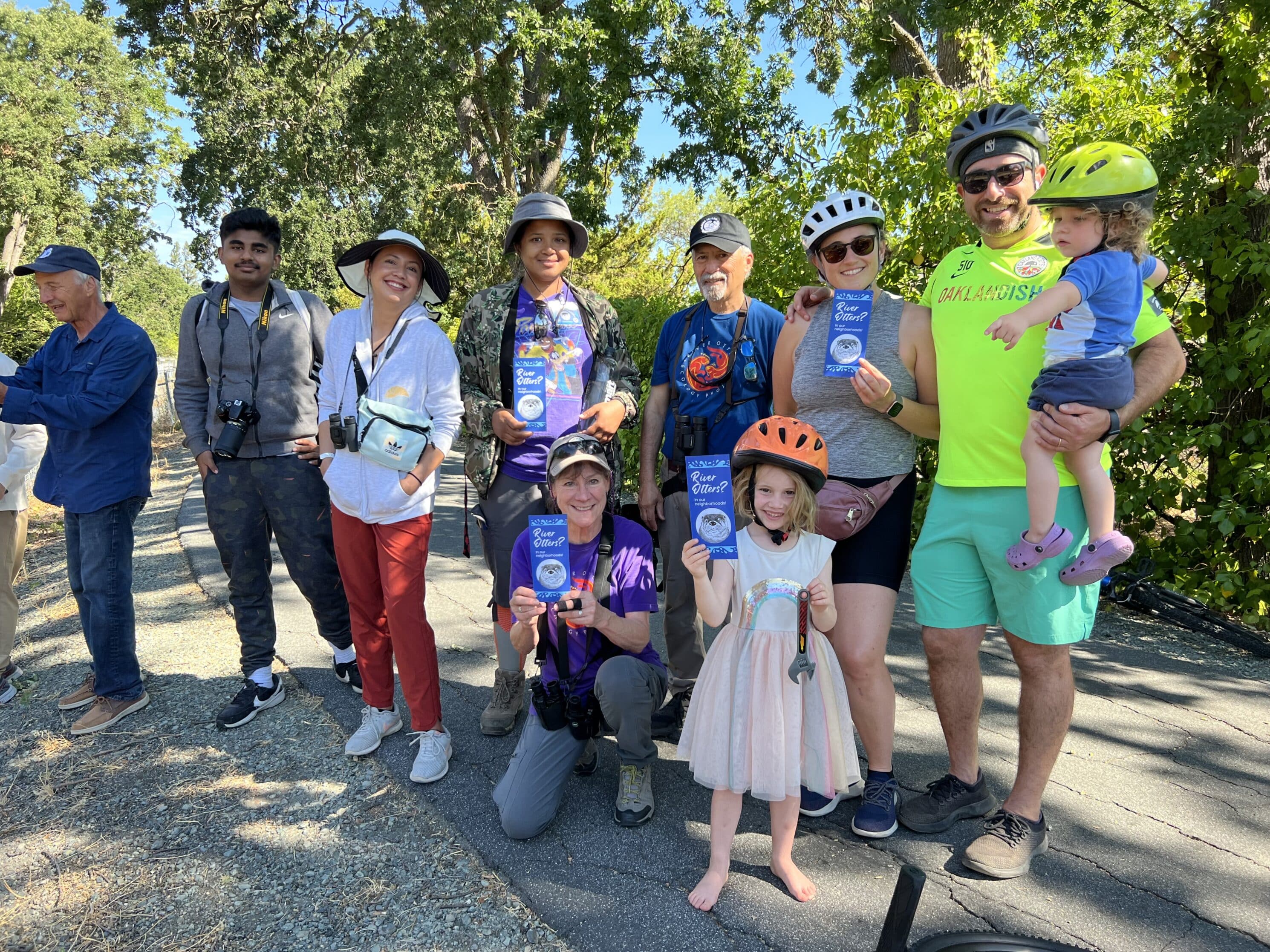
Finally, our ability to reach the public has been recognized internationally; we presented on our community science work for the International Otter Survival Fund in Scotland, and in France for the International Union for the Conservation of Nature. We remain involved with both groups.
We are invited to speak, advise, and contribute to these programs because our community science and education work is replicable and effective. One of our goals is to carry that information nation-wide and world-wide. It’s entirely within our reach, given funding for staff. I’m often asked to help with education and awareness projects, from California to Europe and Africa. Most of this work can be done from my own home office. Local is global indeed.
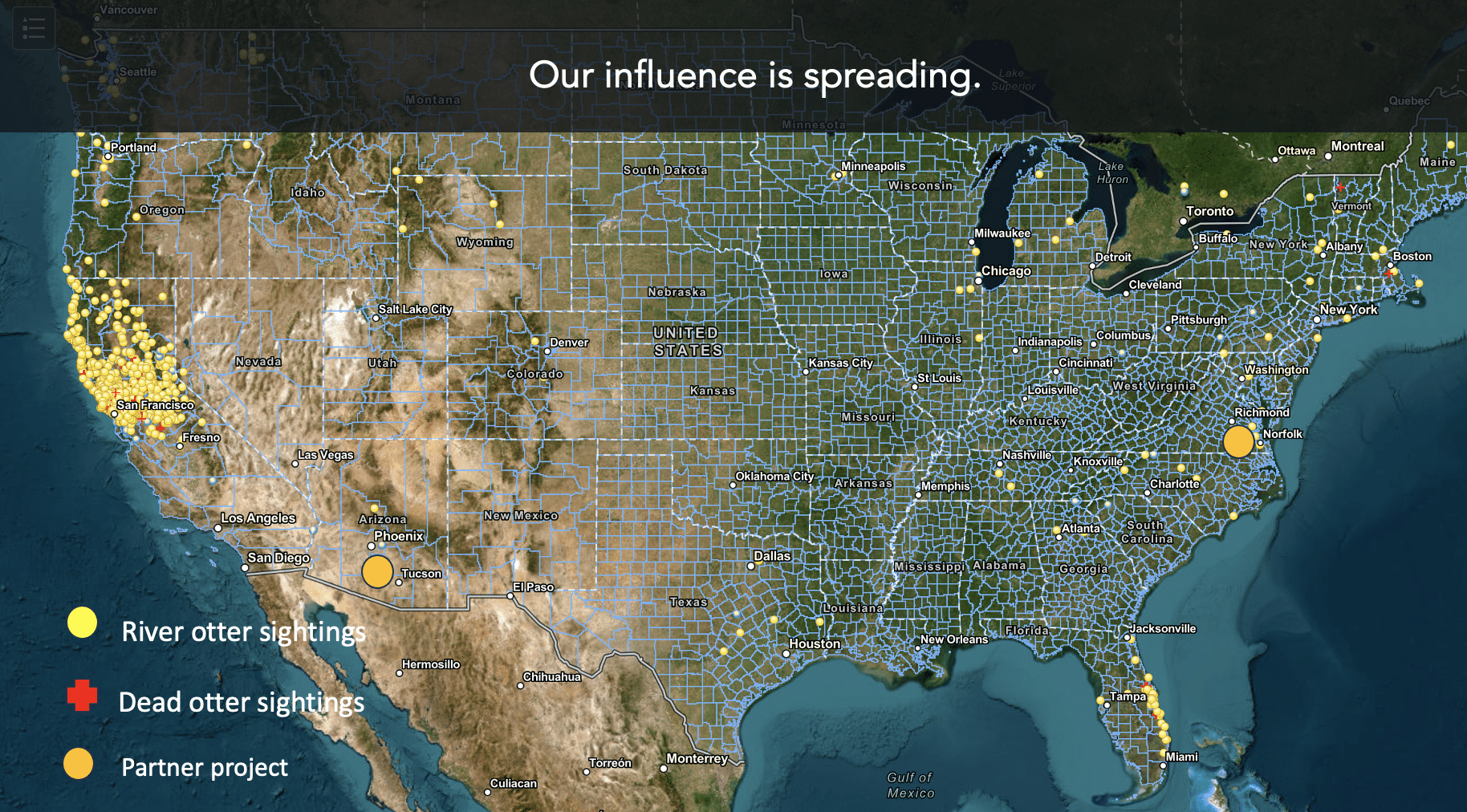
Deepening Research, Education, and Advocacy: at home
At the same time, we continue our monitoring, research, and advocacy work right here in the Bay Area…..we are not leaving that behind as we expand. There’s a lot of work to do everywhere, and our roots are here, in community with all of you.
Today, we ask you to join us in supporting our vision. Together, we can have a substantial impact on watershed conservation, thoroughly based on science and local knowledge. Though we may be small in number, we are mighty, and we remain committed to making a difference. We’re glad you’ve joined us in that endeavor.
Thank you for for caring about biodiversity and our planet. We need you!
